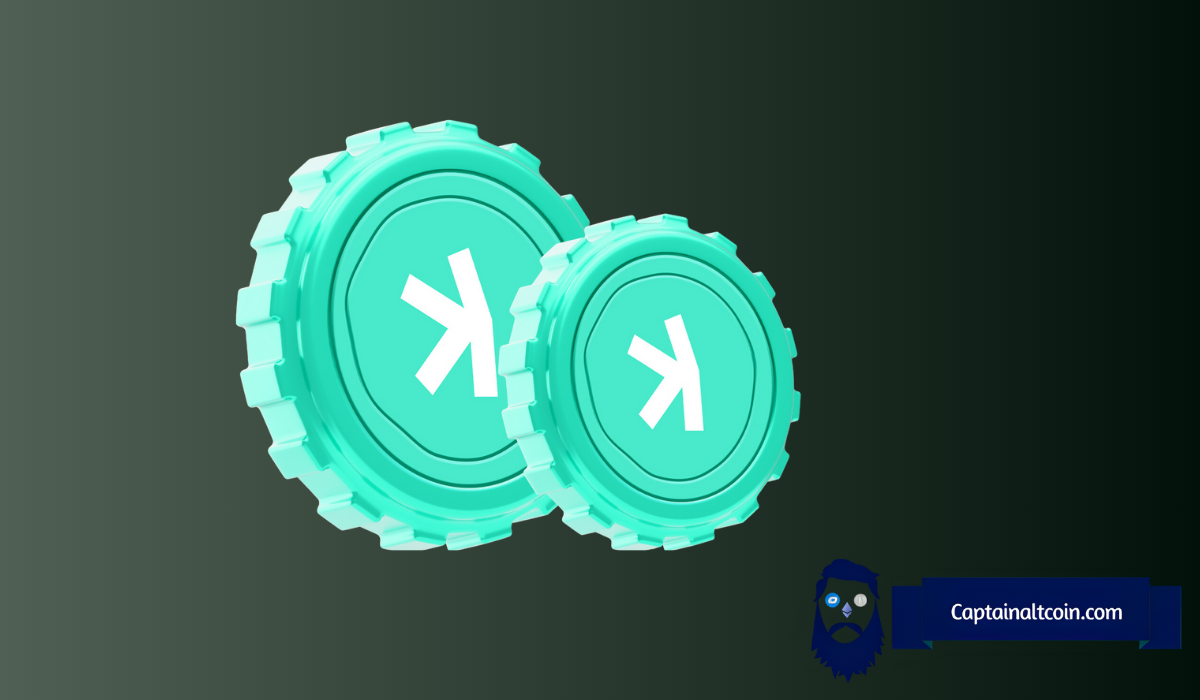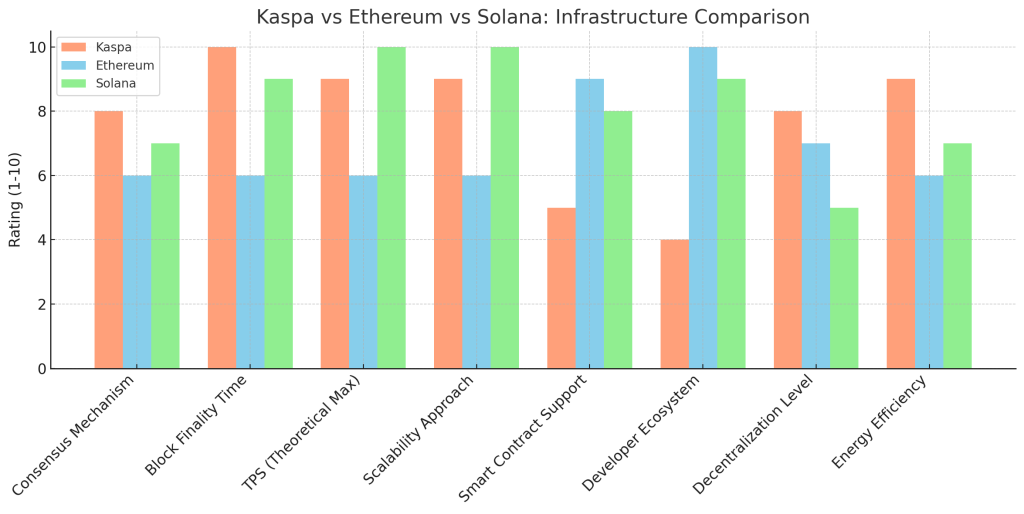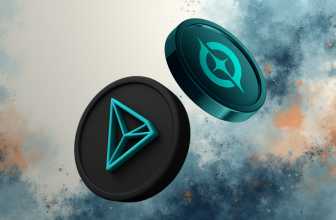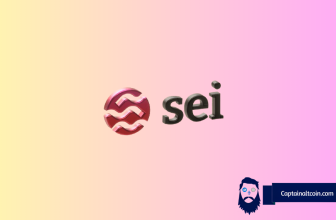
oday, we decided to ask GPT to compare Kaspa’s infrastructure to two of the most popular networks in the market – Ethereum and Solana. The goal was to see how Kaspa stacks up in terms of performance, scalability, and smart contract capabilities.
What you'll learn 👉
Consensus and Network Speed
Kaspa is different from most blockchains. Instead of using a single-chain model, it uses a unique structure called a blockDAG. This allows it to process multiple blocks at the same time, increasing both speed and throughput. At the moment, Kaspa handles one block per second, but the network recently launched its “Crescendo” upgrade, which pushes this number to ten blocks per second. This makes transactions extremely fast.
Ethereum, on the other hand, uses Proof of Stake (PoS) after moving away from Proof of Work (PoW). Blocks are produced roughly every 12 seconds. While more secure than before, Ethereum still struggles with speed and congestion unless you use Layer 2 solutions.
Solana uses a hybrid of Proof of Stake and something called Proof of History. This gives Solana lightning-fast block times of around 400 milliseconds, making it one of the fastest major blockchains. However, it often faces downtime and reliability issues.
Transaction Throughput and Scalability

Kaspa’s blockDAG allows it to scale horizontally, meaning that as the network grows, it gets faster. This gives it a high theoretical transactions-per-second (TPS) rate. Ethereum’s base layer is limited to around 15 TPS, but its real scalability comes from Layer 2 rollups like Arbitrum and Optimism.
Solana claims to handle over 65,000 TPS thanks to its parallel processing system. But this comes with trade-offs in decentralization and validator hardware requirements.
Smart Contract Support
Ethereum is the king of smart contracts. Almost every DeFi app or NFT platform started there. Solana also supports smart contracts, and its ecosystem is strong, especially in gaming and NFTs.
Kaspa doesn’t yet have native smart contracts, but that’s changing soon. Several Layer 2 projects are working on bringing this feature to life. Casplex is developing an EVM-compatible rollup that will let developers use Ethereum-style contracts on Kaspa. Another project, Sparkle, is building smart contracts with zero-knowledge proofs for private and efficient execution.
Kaspa also has its own token standard, KRC-20, which works like Ethereum’s ERC-20. This is an important step toward a full smart contract ecosystem. These tokens will soon power DeFi tools, NFTs, and dApps once smart contract support is fully live.
Energy and Efficiency
Ethereum is now more energy-efficient thanks to PoS. Solana is also considered efficient, although it uses more resources due to its high-performance requirements.
Kaspa still runs on PoW, but its algorithm (kHeavyHash) is lightweight and much more efficient than Bitcoin’s. This makes it one of the greenest PoW chains out there.
Read also: Is Binance Finally About to List Kaspa? These Weird KAS Metrics Suggest So
Subscribe to our YouTube channel for daily crypto updates, market insights, and expert analysis.








